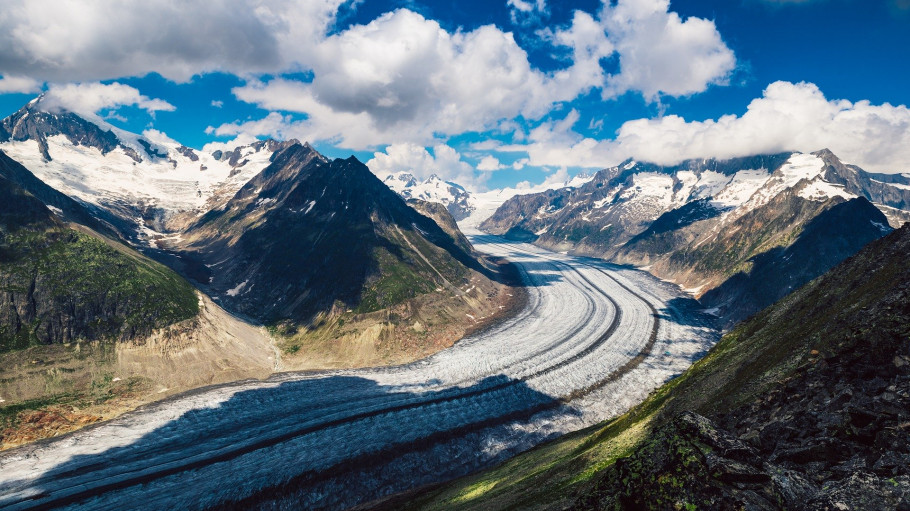
Press releases » Successful implementation of bold new 2030 climate target urgently needs tangible framework
Successful implementation of bold new 2030 climate target urgently needs tangible framework
Downloads and links
Recent updates

Brussels, 17 September 2020 – The European Commission has today published its revised target to reduce emissions by 55% by 2030, compared to 1990 levels. While the European steel industry is already hard at work developing new ways to produce carbon-lean steels, the EU needs to implement a set of concrete measures, as soon as possible, to ensure that decarbonisation is achieved while actually ensuring growth and sustainability.
“The success of EU climate leadership does not rely on its level of ambition – already unrivalled by any other major global partner”, said Axel Eggert, Director General of the European Steel Association (EUROFER), “but mainly on its ability to demonstrate that it is possible to combine environmental sustainability with economic growth and social acceptance”.
European steel has already highlighted its ambition to reduce CO2 emissions by 30% by 2030 from 2018 levels – or 55% compared to 1990 – and on to close to carbon neutrality by 2050”, said Mr Eggert. “This will be achievable only under the right conditions and with the right framework in place”.
This framework consists of support for investment in innovation and roll-out, the creation of a market for green materials, the availability of the appropriate renewable energy sources, an international level playing field, and the application of the EU trade defence instruments without inhibition against third country trade distortions. This framework needs to be established as a matter of urgency.
“The Commission, in its Communication, recognises that reaching a 55% emissions reductions target will be a significant investment challenge for EU industry”, added Mr Eggert. “The EU institutions must now provide concrete answers and solutions to address this challenge”.
The European steel industry is one of the most advanced sectors in terms of its low-carbon projects. However, success will be measured in the outcome: the sustained existence of a thriving, innovative, decarbonised domestic steel industry in 2050.
“The EU needs a stable and predictable policy framework that delivers on the climate objectives and preserves the competitiveness of its industrial basis while providing security for planning and investment”, stressed Mr Eggert. “From this perspective, we are concerned by the proposals to increase the reduction factor of the EU ETS as well as a one-off cancellation of allowances, which would expose the sector to higher carbon costs at a time when low-carbon investments are desperately needed”.
Mr Eggert continued, “In the absence of comparable efforts by trading partners, it is important to develop a strengthened framework of measures to address the risk of carbon leakage, with benchmark based free allocation and indirect costs compensation, as well as an effective carbon border adjustment mechanism”.
EUROFER has, precisely to guide this process, been proposing a Green Deal on Steel, to act as a flagship for the implementation of the wider decarbonisation agenda”.
In particular, a Green Deal on Steel would set out explicitly the wider policy adjustments that need to be made across climate, energy, environmental, trade and social policies, as well as the allocation of investment needed to transform aspiration into achievement. EUROFER has already established the parameters of this potential framework.
“The European steel industry looks forward to working with the Commission to make a success of this enhanced climate ambition”, concluded Mr Eggert.
Contact
Charles de Lusignan, Spokesperson and Head of Communications, +32 2 738 79 35, (charles@eurofer.be)
About the European Steel Association (EUROFER)
EUROFER AISBL is located in Brussels and was founded in 1976. It represents the entirety of steel production in the European Union. EUROFER members are steel companies and national steel federations throughout the EU. The major steel companies and national steel federations in Switzerland and Turkey are associate members.
The European Steel Association is recorded in the EU transparency register: 93038071152-83.
About the European steel industry
The European steel industry is a world leader in innovation and environmental sustainability. It has a turnover of around €170 billion and directly employs 330,000 highly-skilled people, producing on average 160 million tonnes of steel per year. More than 500 steel production sites across 22 EU Member States provide direct and indirect employment to millions more European citizens. Closely integrated with Europe’s manufacturing and construction industries, steel is the backbone for development, growth and employment in Europe.
Steel is the most versatile industrial material in the world. The thousands of different grades and types of steel developed by the industry make the modern world possible. Steel is 100% recyclable and therefore is a fundamental part of the circular economy. As a basic engineering material, steel is also an essential factor in the development and deployment of innovative, CO2-mitigating technologies, improving resource efficiency and fostering sustainable development in Europe.

Download files or visit links related to this content
Strasbourg, 17 December 2025 – The European Commission’s latest proposals on the Carbon Border Adjustment Mechanism (CBAM), unveiled today, correctly identify several loopholes that risk undermining its effectiveness, notably regarding EU exports, downstream sectors and circumvention practices. However, despite these laudable efforts, the measures put forward fail to deliver a comprehensive and durable response to carbon and jobs leakage, warns the European Steel Association (EUROFER).
A milestone occasion to quickly and effectively restore affordable electricity, to relaunch the
decarbonization and strengthen the international competitiveness of the European steel
industry.
Brussels, 02 December 2025 – Unchanged negative conditions – U.S. tariffs and trade disruptions, economic and geopolitical tensions, protracted weak demand and still high energy prices – continue to weigh on the European steel market. EUROFER’s latest Economic and Steel Market Outlook confirms for 2025 another recession in both apparent steel consumption (-0.2%, unchanged) and steel-using sectors (-0.5%, revised from -0.7%). A potential recovery is expected only in 2026 for the Steel Weighted Industrial Production index (SWIP) (+1.8%, stable) and for apparent steel consumption (+3%, slightly revised from +3.1%) – although consumption volumes would still remain well below pre-pandemic levels. Steel imports retained historically high shares (27%), while exports plummeted (-9%) in the first eight months of 2025.